Story by Brandes Elitch
On February 15, the Academy of Art University will have Broad Arrow Auctions (a Hagerty subsidiary) sell 108 cars from their collection. I am not exaggerating when I say that in this collection are some of the most magnificent cars in the world.
You may remember that I have written two columns about the University’s student awards dinner for students enrolled in the auto design program. The program is run by Tom Matano, one of the most famous car designers in the country. Tom has almost 30 years of experience in the automotive industry, holding design positions at GM in Detroit, GM Australia, and BMW in Munich. In 1983 he joined Mazda’s North American studio as Chief Designer and was eventually named General Manager of Mazda Design in charge of all chief designers. He is most well-known for the 1989 Miata.
The Academy of Art University is consistently ranked Top Ten in the Red Dot World Ranking of Industrial Design Schools. The University School of Industrial Design has three components: automotive design, automotive restoration, and industrial design. Tom has been executive director of the School of Industrial Design since 2002.
Our reader interest would be primarily in the area of car design, but I do want to take a minute to show you how comprehensive the programs are. There are STEM related majors in 14 unique creative disciplines with the opportunity to earn more than 25 different degrees. There are 8 different scholarship grant programs available. There are industry partnerships, of firms that regularly seek to hire, mentor, and collaborate with students and alumni. Schools include:
-Schools of Brand Communication
-Schools of Entertainment
-Acting, Advertising, Animation, Architecture, Art Education and History, Auto Restoration (now we’re talking!), Media Technologies, Fashion, Fine Art, Game Development, Graphic Design, Illustration, Industrial Design, Jewelry Arts, Landscape Architecture, Motion Pictures and TV, Music Production, Sculpture, Photography, Product design, and more.
There is even a Master of Arts in Artificial Intelligence Design.
The AAU is a private, for-profit school. It was founded almost a hundred years ago, as the Academy of Advertising Art in 1929, by Richard Stephens, the editor for Sunset Magazine. In fall 2024, it had 121 full time teachers, 485 part-time teaching staff, and 6320 students. The university has regional accreditation from the Western Association of Schools and Colleges.
The headquarters is located on Van Ness Avenue, in San Francisco. It is located in a beautiful old building, previously a car dealer. The ground floor shows off many of the spectacular cars from the University’s car museum.
The 1906 earthquake and fire cleared the way for Van Ness Avenue, once home to some of the most magnificent residences in the city, to become the auto showroom district.
Early dealerships were on Golden Gate Avenue, but they moved because Van Ness was wider and gave a better view of the showroom display windows. Between 1906 and 1938, there were 250 auto related businesses in the area. Here are a few of the magnificent building, all still extant, fortunately.
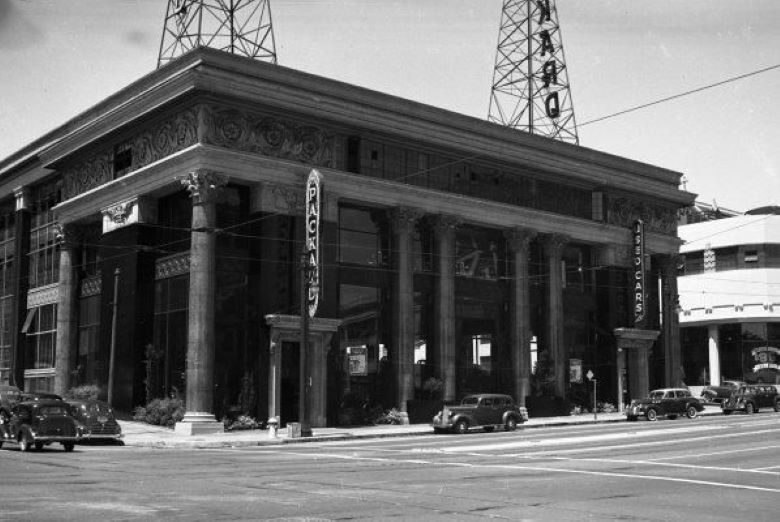
Once the home of the famous car dealer Earl C. Anthony Packard, now the Land Rover store. From SF History Center, SF Public Library
In 2010 the city commissioned a study of the auto related buildings along this corridor, to evaluate them for possible historic significance. It was done by William Kostura, Architectural Historian, for The Department of City Planning. It is a 72-page study, too much to reference here. The study found that a total of 64 buildings in the survey appear to be eligible for the California Register. You can access this by searching at “Van Ness Auto Row Support Structures- SF Planning.” If you are interested in architecture, you will find it fascinating.
The Academy of Art is located in one such building.
I am unclear on how and when the car collection started, but it is assuredly one of the most spectacular. I am also unclear on why it is being sold now, although I have heard hearsay that they might focus on newer cars from the postwar and even contemporary period.
Here are a few cars from the collection that I found compelling. You would undoubtedly find many of the others compelling too, but here I am focusing on European and British cars. All photos courtesy Broad Arrow Auctions,

Minerva. This is a 1931 Minerva AL convertible sedan, with, surprisingly, a Rollston body! It has a sleeve valve 6.6 litre straight eight engine with 9 main bearings and dual ignition. It also has an anti-roll system called the Adex Stabilisator.
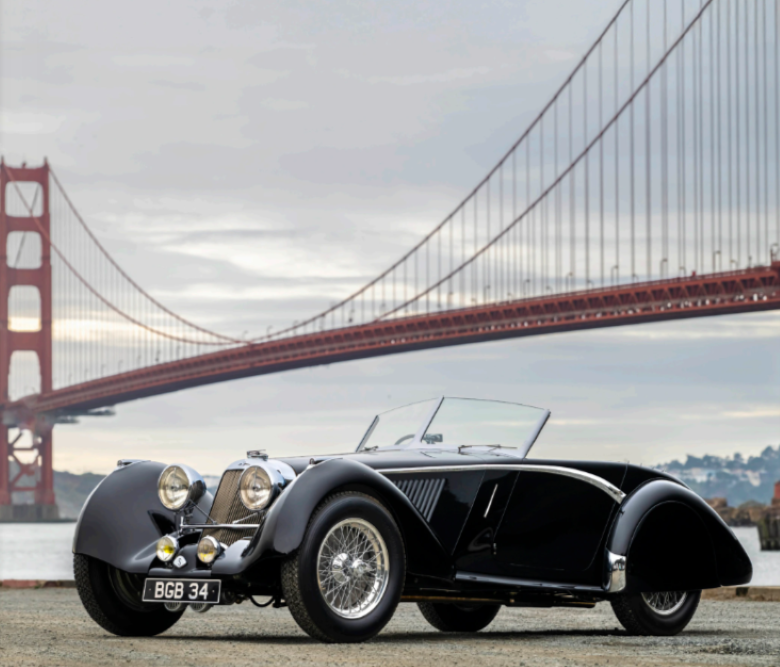
Squire. This is a 1937 Squire 1.5 litre dohc, with supercharger. it has a body by Corsica. There were only ten cars built, possibly because it was about the most expensive car of the time; the founder was killed in WWII.
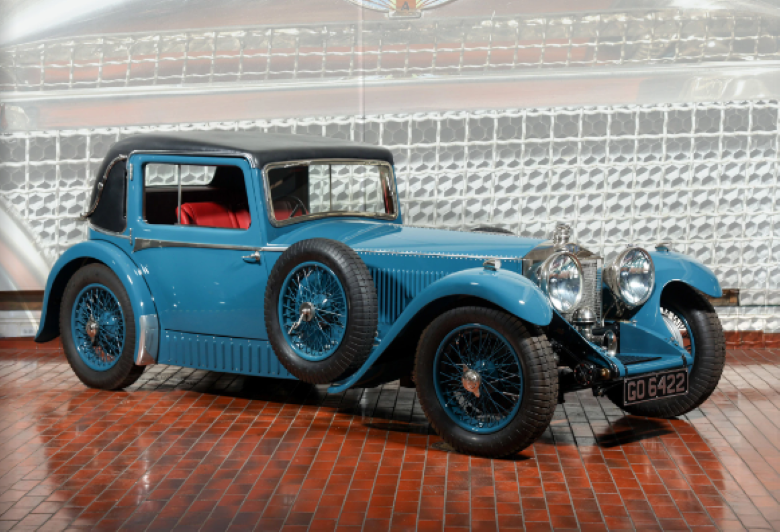
Invicta. This is a 1931 Invicta S type 4.5 litre low chassis (the axles are above the frame rails) fixed head coupe. There were only 77 chassis build and about 56 are known today. They claim that this had a restoration costing almost a million dollars, but it is listed at no reserve and an expected price of $450k-$650k.
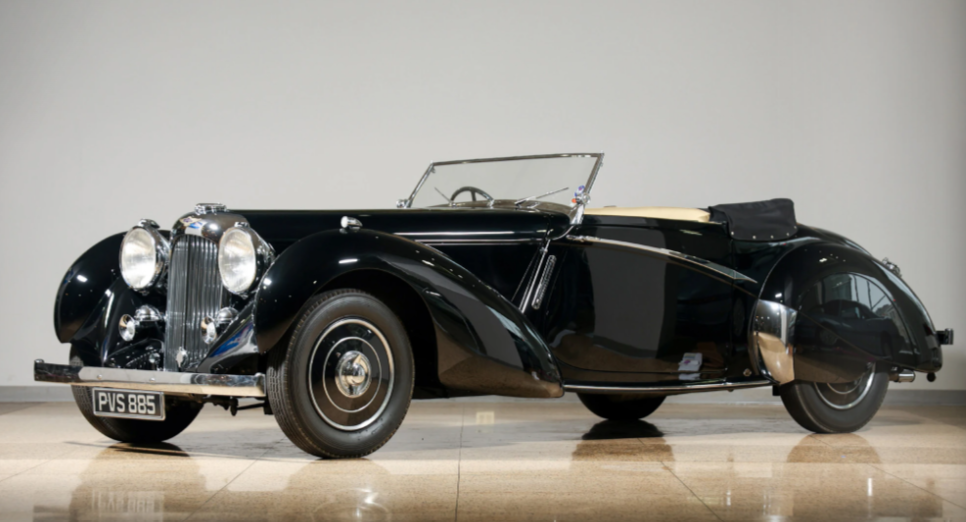
Lagonda LG6. The LG 6 was made from 1937-1939; war stopped production. Only 85 chassis were made and the Rapide was one of six produced. The engine was improved by W.O. Bentley.
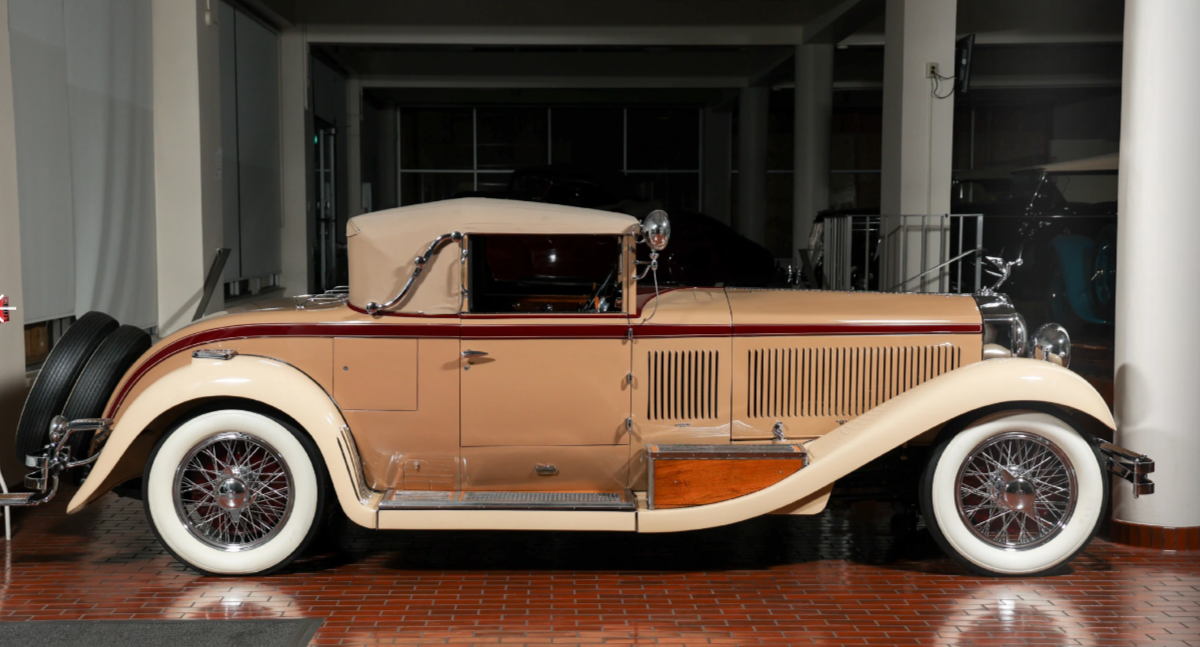
Isotta Fraschini. This is a 1930 type 8A, with a Castagna body. it is one of only 7 left, truly one of the greatest classic cars.
You can find more at
https://www.broadarrowauctions.com/
It is sad to see such a wonderful collection being broken up, but I suspect we will see more of this sort of thing, just as we did with the Mullin collection in Oxnard. Most of us have difficulty just keeping a handful of collector cars; just imagine the time and money, and space, required to maintain something of this size.
I wish them well with their new direction.

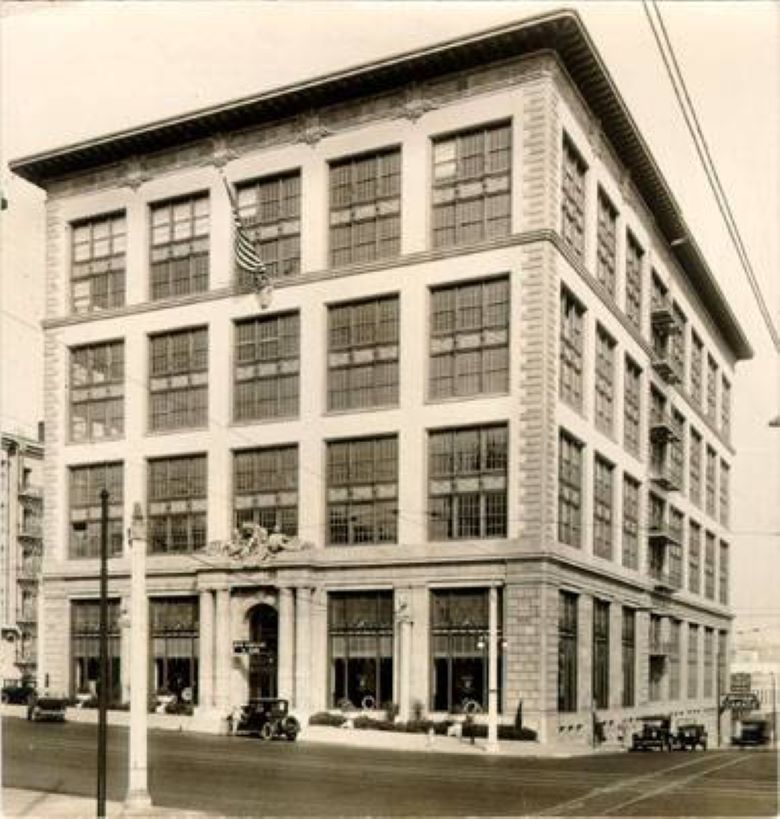
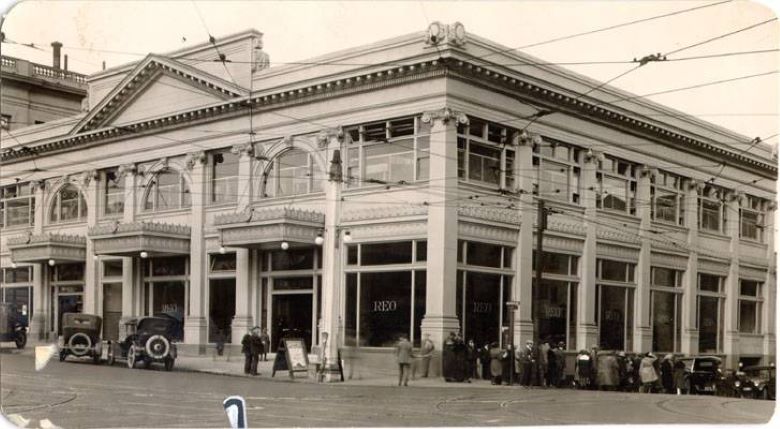
I am surprised to read the Minerva AL has a setup that fights body roll; the Adex system was invented by engineer Arthur de Coninck and ( to the best of my knowledge) only used on Excelsior cars (also from Belgium of course).
Keep up the splendid work,
Michel Van Peel
Great article. Thanks for all the details about the Academy of Art U and their programs.
Pleased to see the Corsica bodied ‘Squire’ featured as one of the fine choices picked out above. These were perhaps one of UK’s finest small sportscars from the pre-war period , very well designed with performance that matched their looks. very few made ( as the commentry suggests) and almost all of them pleasing to the eye.. Had Adrian Squire not met his premature demise in WW2 it might not have been the end of the story for his uncomprimising cars . Contempory HRG’s came reasonably close, but were nowhere near as refined as the Squire..
The late Thomas J. Perkins in his book Classic Supercharged Sports Cars has a good write-up on the Squire. He owned the prototype X-101 designed by Vanden Plas. The book is a wonderful treatment of Mr. Perkins’ collection. He was not afraid to express her personal opinions about cars and with respect to British makes he expressed a strong negative view on Jaguar.
More information on the origin of the collection and prior sales can be found here on Wikipedia:
https://en.wikipedia.org/wiki/Academy_of_Art_University_Automobile_Museum